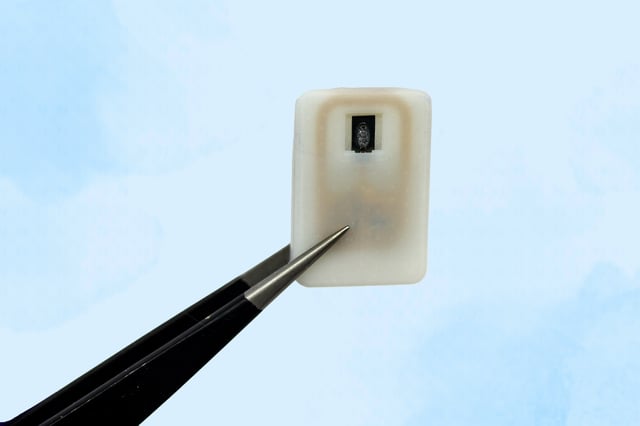Overview
- The quarter-sized implant houses powdered glucagon and epinephrine in a 3D-printed polymer reservoir sealed by a shape-memory nickel-titanium alloy.
- When remotely triggered, glucagon release restored diabetic mice’s blood sugar to normal levels within ten minutes, and epinephrine delivery elevated heart rate in the same timeframe.
- Biocompatibility tests showed the device remained fully functional under fibrotic tissue for four weeks without loss of performance.
- A built-in radiofrequency antenna enables wireless activation by external signals or integration with continuous glucose monitors for automatic emergency response.
- The MIT team is conducting additional studies to extend implant lifespan and expects to begin human clinical trials within three years.
